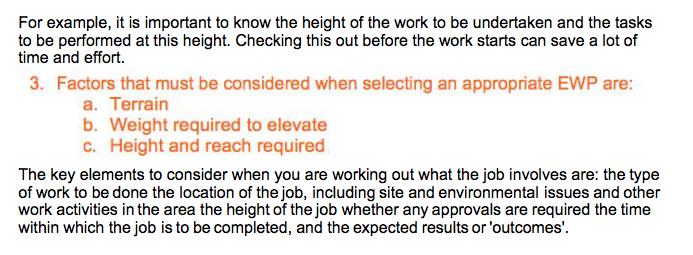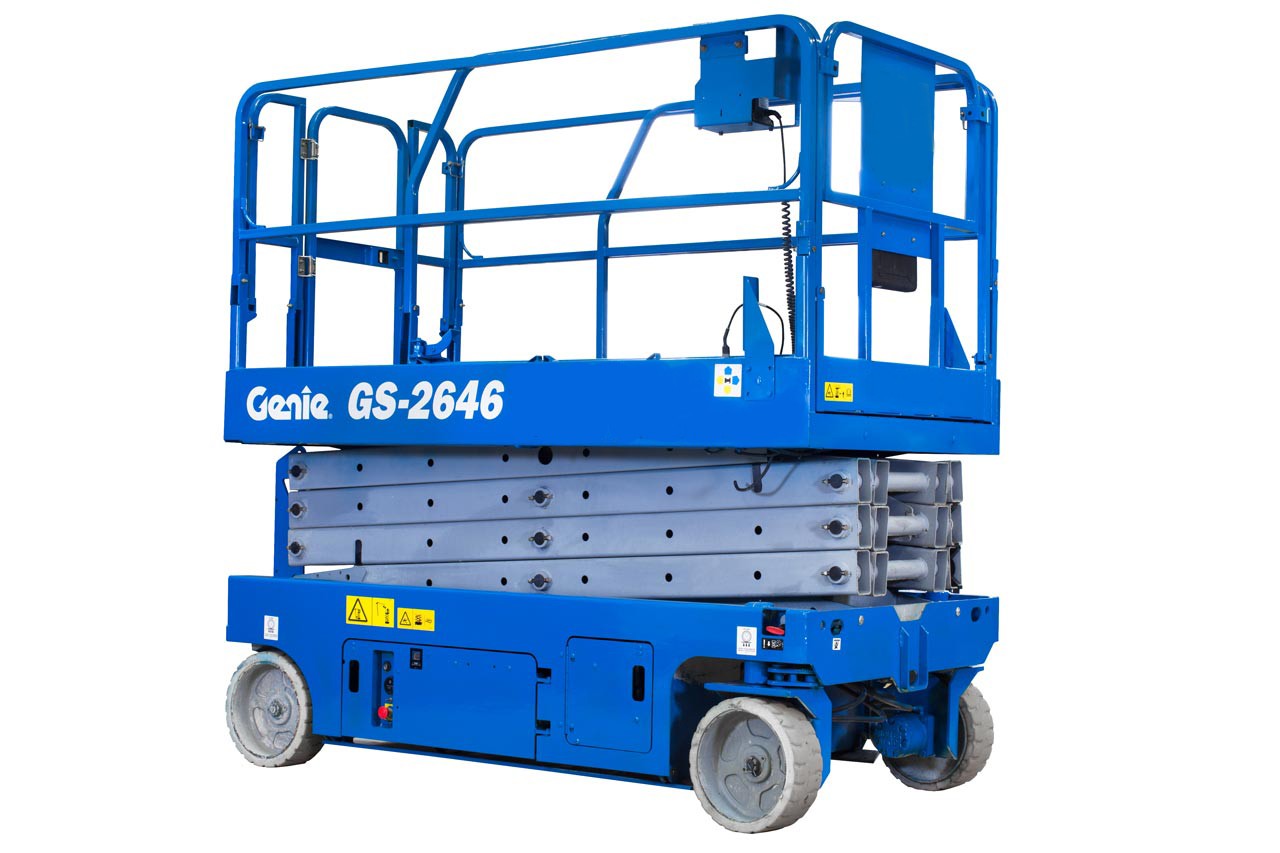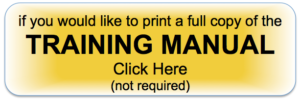GENERAL INFORMATION
This trainee workbook is about the skills and knowledge required to operate an EWP.
As mentioned on the previous page, YOU DO NEED to download & print your PRACTICE QUESTIONS answer sheet. You will need to BRING these completed Practice Questions answer sheet with you on Assessment day.
You do NOT need to download and print the Training Workbook as you can read these as you scroll down.
For those of you who would like to print your own copy of the Training Manuel please click on the button below.
PLEASE NOTE:
As you read down through these materials you will notice ORANGE text. 
This text is the answers to your Practice Questions. As you work your way through the Practice Questions simply review these training materials and locate the relevant question to identify the answer.
Okay … here we go
Responsibility for workplace health and safety
Legal requirements
There are laws in all Australian states and territories to protect people against the risk of being injured or made ill because of the work they do.
In most states and territories these laws are called the Occupational Health and Safety Act or the Workplace Health and Safety Act.
These laws set out who is responsible for safety and what they must do. The responsible person has what is called a ‘duty of care’ or obligation.
Different people in the workplace have different ‘duties of care’ or obligation.
The employer’s duty of care or obligation
Occupational health and safety (OHS) laws in Australia are very clear about who has the main responsibility for workplace safety.
Employers create the work situations which bring people and work systems, plant, equipment, chemicals and/or other hazards together. Accordingly, employers must take all reasonable steps to prevent people from being hurt at work.
Some of the duties of employers are very broad, such as ‘an employer must ensure the health, safety and welfare at work of all employees of the employer’.
Others duties are quite specific, such as ‘ensuring that any plant or substance provided for use by the employees at work is safe and without risks to health when properly used’.
The OHS laws say an employer must ensure the safety of its employees in whatever tasks they undertake on behalf of the employer. This includes the operation of plant and equipment such as elevating work platforms.
The employer’s duty of care includes a requirement to ensure that everyone who operates an elevating work platform is qualified to do so (i.e. has a certificate), but it does not end there.
The employer is also required to make sure everyone who operates an elevating work platform has all of the necessary information, training and instruction to operate the elevating work platform in all of the work situations which may arise.
When you obtain your elevating work platform certificate, this certificate will simply be a statement that you have met the minimum ‘competencies’ required for sale operation. lt will not remove your employer’s duty to ensure that the work you do with the elevating work platform can be, and is, done safely.
This means your employer must provide you with reasonable training and appropriate instruction and supervision even after you get your elevating work platform certificate.
In addition to having a duty of care for all employees, your employer is also responsible for the health and safety of other people in the workplace, including visitors, customers, contractors and casual workers. You need to be aware of this and understand the procedures used in your workplace to ensure the safety of others in the workplace.
You can see that the ‘duty of care’ obligations on employers are quite substantial and they must be diligent about safety in the workplace.
But this does not mean that you have no responsibilities. You do.
Your duty of care I obligation to your employer and others
You have a duty to take reasonable care for the health and safety of people who are at the employer’s place of work.
You must also co-operate with your employer and anyone else at the workplace in order to enable your employer to meet his or her duties under the OHS laws.
The following is typical of the processes you may be required to do:
- Listen carefully to your employer’s instructions. Know what you need to do and how you should do it.
- Follow the safety procedures applying at your workplace.
- Report any hazardous situations to your supervisor or employer.
- Advise your safety representative/supervisor or employer if there are any gaps in the safety procedures.
- Report any damage to equipment or plant to your supervisor.
- Tell your supervisor about any maintenance or repairs that need to be carried out on the equipment you are using and tag accordingly.
- Be aware of others in the workplace and co-operate with other work activities
- Use the elevating work platform in a manner that does not endanger others in the workplace.
Only lift loads that are within the load rating of your machine
You always need to be mindful of other work activities that may be taking place in your work area.
You have a duty to co-operate with others about how work is to be conducted and, at times, the order in which work is to be done. You may need to consult with other workers, plan your work activity and work co-operatively with other workers to make sure that the tasks are completed safely.
Elevating Work Platforms are potentially very hazardous items of plant. They move around workplaces in areas where people are also moving about. This combination can create hazardous situations.
You must always be aware of these hazards and make sure you do not operate the elevating work platform in a manner that puts yourself or others at risk.
Careless and reckless operation of an elevating work platform is a very serious matter. It may result in disciplinary action by your employer, as well as action by the authorities in your state or territory.
So be aware of the dangers, and always operate your equipment carefully and safely.
The duties of care of designers, suppliers and manufacturers
OHS laws in Australia also establish duties of care for designers, manufacturers and suppliers (including hirers) of plant, equipment and substances.
If you identify a design problem with the equipment you use, bring it to your employer’s attention. Your employer can then take the matter up with the supplier or manufacturer, as they have an obligation to make sure that the equipment will not expose people to undue risk when used in accordance with the instructions.
Consultation in the workplace
An important feature about safety at work is the need for employers to consult with employees about the work they do. In some states and territories there are legal requirements for formal consultation mechanisms.
You may find that your workplace has a workplace health and safety committee or OHS representatives. The purpose of the committee and representatives is to allow health and safety issues to be meaningfully discussed and acted upon.
The process of consultation should allow people in the workplace to have a real say in matters that may affect their health and safety.
Employers should ensure there are established mechanisms for employees to be consulted about any hazards that may be present in the workplace and how these can best be controlled.
Similarly, employees need to have a say in the type of equipment or substances brought into the workplace.
The process of consultation also provides you with the opportunity to meet your OHS obligations and contribute to the safety of the workplace.
Make the most of your chance to have your say, by making your suggestions helpful and worthwhile.
Getting to know your elevating work platform
Introduction
Here we will be describing a typical Elevating Work Platforms and explain a number of general terms associated withElevating Work Platforms.
For the purposes of this learning guide anElevating Work Platform (EWP) is defined as:
‘A telescoping device, hinged device or articulated device, or any combination of these devices, which is used to support a platform on which personnel, equipment and materials can be elevated to perform work.’
Keep in mind that there are many different models and types of elevating work platforms. We will not attempt to list every type.
The main things you will learn here are:
Parts of an elevating work platform
You will become familiar with the different components of an elevating work platform.
Types of elevating work platforms
You will become familiar with the different types of elevating work platforms.

Typical elevating work platforms
- Use the Diagrams below to familiarise yourself with the key parts of the type of elevating work platform on which you are being trained.
- Refer back to these diagrams as the various parts of an elevating work platform are referred to in this guide.
Self-propelled EWP with scissor arms
These EWPs are self-propelled units for use on flat concrete surfaces or firm unsealed areas.
- The work platform is elevated by scissor arms which are powered by hydraulic cylinder(s). There are controls at ground level and on the platform.

- These EWPs can be fitted with outriggers, and their maximum platform heights can be over 30 metres.
Self-propelled telescoping boom EWP
These EWPs are self–propelled units for use on flat slabs or firm unsealed areas. The work platform is elevated using a straight extension (telescoping) boom.
Trailer mounted EWP with knuckle style boom.


